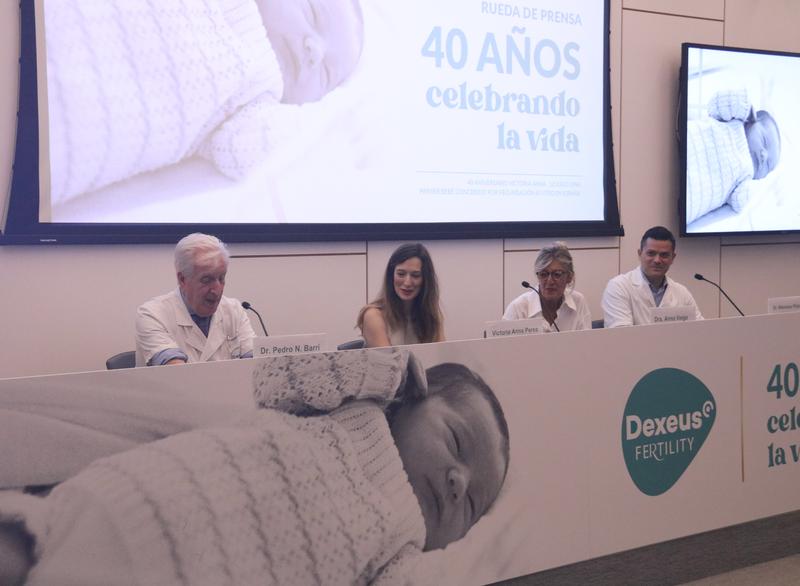What makes Catalonia so popular for fertility tourism and how does cross-border treatment work?
More than 22,000 assisted reproduction treatments performed on patients residing abroad in 2021 in Spain

Catalonia and Spain are particularly popular destinations for ‘fertility tourism’ – the act of traveling to other countries to undergo fertility treatment.
In Spain, one in ten babies are born with the help of some form of reproductive assistance.
In 2021, the most recent year that data is available for, a total of 22,010 assisted reproductive treatments were performed in Spain on patients residing in other countries. Around half of these procedures were egg donations.
So what makes Catalonia and Spain so popular for fertility tourism? A reputation for medical excellence is one of the first reasons.
Dr. Federica Moffa, Medical Director at Fertilab, says that Spain and Catalonia offer significant “advantages” for patients. “Here you can find high technology and very updated treatments and physicians and biologists that are very skilled,” she tells Catalan News.
Dr. Anna Veiga, the biologist who led the team that carried out Spain’s first-ever IVF birth 40 years ago, tells Catalan News that “Catalonia has always been an essential place for good medicine.”
But it’s probably the open and liberal laws that exist here that attract so many people to these shores, given that there are far more possibilities and opportunities open to them in Catalonia and Spain than in many other countries.
Fertilab help around 1,000 women each year with their family projects, with around 70% of patients coming from abroad, most from France and Italy where laws are stricter around who can avail of assisted reproduction treatments.
Spain’s benchmark law for assisted reproduction came into effect in 2006, although there were laws before that year, and it has also been expanded since. Since 2016, reproductive assistance has been open to not just heterosexual couples, but any consenting adult who wants to start a family. This law change opened the door for single mothers, queer couples, and trans men to seek such treatments. “This is something that is not the case in different countries,” Dr. Moffa points out, giving the example of her native Italy.
Spain’s so-called “Trans law,” published in March 2023, turned what was protocol in only Catalonia into law across the country, allowing for queer couples to undergo the ‘ROPA’ treatment, which involves extracting eggs from one partner, fertilizing it, and then putting it into the uterus of another.
How does cross-border fertility treatment work?
With international patients, Fertilab do almost all of the work remotely. The first consultation will be online and patients normally perform the necessary medical tests in their home country with their gynecologist and then send all the results to the clinic.
“They will buy the medication in their country and they will perform all the preparation procedures, which is maybe one or two weeks depending on which treatment they have to do, but they do everything in their country, all the monitoring with their gynecologist,” Dr. Moffa says. “When they're ready for the procedure, they fly to Barcelona.”
Patients coming from the US “prefer to fly here and stay one or two weeks to do all the monitoring with us because it's easier,” according to the Medical Director, but others coming from nearby countries may even fly in on the morning of the procedure and possibly only stay for one or two nights.
Additionally, the clinic works with international assistance coordinators that will help patients with logistics and any other communication. “But if the patient needs support, we can also send patients to different professionals that we know personally, we have many, many doctors that can help us remotely.”
Communication is a vital aspect of any treatment, and in Fertilab all doctors speak “at least two, three, four languages,” as this is one of the “requirements,” she explains.